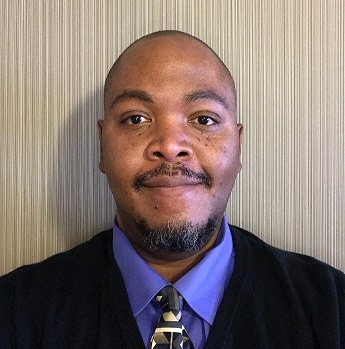March 27, 2018

It is a warm spring morning and you have just sat down at your desk after a fantastic weekend with family and friends. The sun is shining, your personal batteries are fully charged, and you are ready to take on the day. You see a notice in your inbox for an emergency team meeting scheduled to take place in 30 minutes. Your boss stops by your office to let you know the meeting is to officially announce the company’s new combustible dust leader. There’s a brief pause and your boss says, ”Congratulations. I know you’ll take our dust programs to the next level.” Your once fully charged batteries are immediately drained to 20 percent.
So where should a newly appointed combustible dust fire and explosion risk mitigation leader start? I recommend starting with NFPA 652 – Standard on the Fundamentals of Combustible Dust. This standard provides “the minimum general requirements necessary to manage the fire, flash fire, and explosion hazards posed by combustible dusts” in clear and management terms. When you secure your copy of NFPA 652, go first to Chapter 9 – Management Systems. Chapter 9 allows you to outline a strategy that incorporates your co-workers at all levels of the organization. No one individual can achieve a sustained level of success when it comes to combustible dust risk mitigation in any organization. Ken Blanchard said it best: “None of us is as smart as all of us.”
You’re going to want to have lunch with Human Resources, Quality Assurance, Operations, Environment & Safety, and Engineering & Maintenance personnel. Be sure to take them to a nice place to eat or have a great catered lunch because you’ll need their talent and commitment to be successful.
Click here for information about the upcoming International Powder & Bulk Solids Conference/Exhibition
As your co-workers enjoy the wonderful and thoughtful meal you’ve coordinated for them, kick off the business portion of the meeting with a motivational, team-oriented quote. You can’t go wrong with Phil Jackson’s, “The strength of the team is each individual member. The strength of each member is the team.”
Next, outline each resource’s specific contribution to combustible dust risk mitigation. First, talk with your Quality Assurance resource to determine if existing quality management systems have the infrastructure to support the requirements of Sections 9.9 - Management of Change, 9.10 – Document Retention and 9.11 – Management System Review of NFPA 652. Your existing quality management system should be nimble enough to make adjustments to accommodate combustible dust requirements. If integrating combustible dust requirements into the existing quality management structure is not something your company wants to pursue, you can at least use the framework for the quality management system so that all internal resources have an idea of the look at feel for the dust management system.
Discuss Sections 9.6.3 – Contractor Training, 9.7 – Emergency Planning & Response, and 9.8 – Incident Investigation with your Environmental & Safety resource. If your processes are covered by the Process Safety Management standard (29 CFR 1910.119), your Environmental & Safety Resource already has risk-based management of change, incident investigation and contractor management tools and systems that should accept combustible dust requirements perfectly.
For your Human Resources partners, discuss integrating Sections 9.5 – Training & Hazard Awareness and 9.12 – Employee Participation into existing job qualifications and transfer requirements as well as town halls, focus groups and committees.
The Operations and Maintenance resources should be able to jointly tackle Sections 9.3 – Operating Procedures & Policies and 9.4 – Inspections, Testing and Maintenance particularly if your company has integrated any of the TPM (Total Productive Maintenance) concepts as your normal mode of operation. Teams will need to modify existing policies and checklists to include things ignition sources, housekeeping and dust hazard mitigation equipment.
Remember, everything I’ve outlined in this column is just the beginning; an opportunity to help other work disciplines see their role in combustible dust risk mitigation. You’ll need this same team when conducting your dust hazard analysis and sustain performance for the life of your process. Teamwork is the key.
Kevin Jeffries, CFPS, CEAS, is a senior consultant with Jensen Hughes. He brings 21 years of industry experience in EHS systems development & implementation, specializing in combustible dust fire & explosion risk mitigation, process safety, and general industry safety compliance, hazard mitigation & management systems. Prior to his time as a combustible dust consultant with Jensen Hughes, Jeffries held EHS leadership positions with companies like Amcor Rigid Plastics and Kellogg Co., where he worked with a team of professionals to help build sustainable EHS management systems that included specialized hazards like combustible dusts. Jeffries also joined West Pharmaceutical Services and Imperial Sugar after their combustible dust explosions as part of a team of professionals focused on rebuilding state of the art engineering and administrative systems. Jeffries can be reached at [email protected].
Click here for information about the upcoming International Powder & Bulk Solids Conference/Exhibition
For other news, articles, and equipment reviews, visit our Explosion Protection & Safety Equipment Zone
Click here for a List of Explosion Protection & Safety Equipment Manufacturers
You May Also Like


